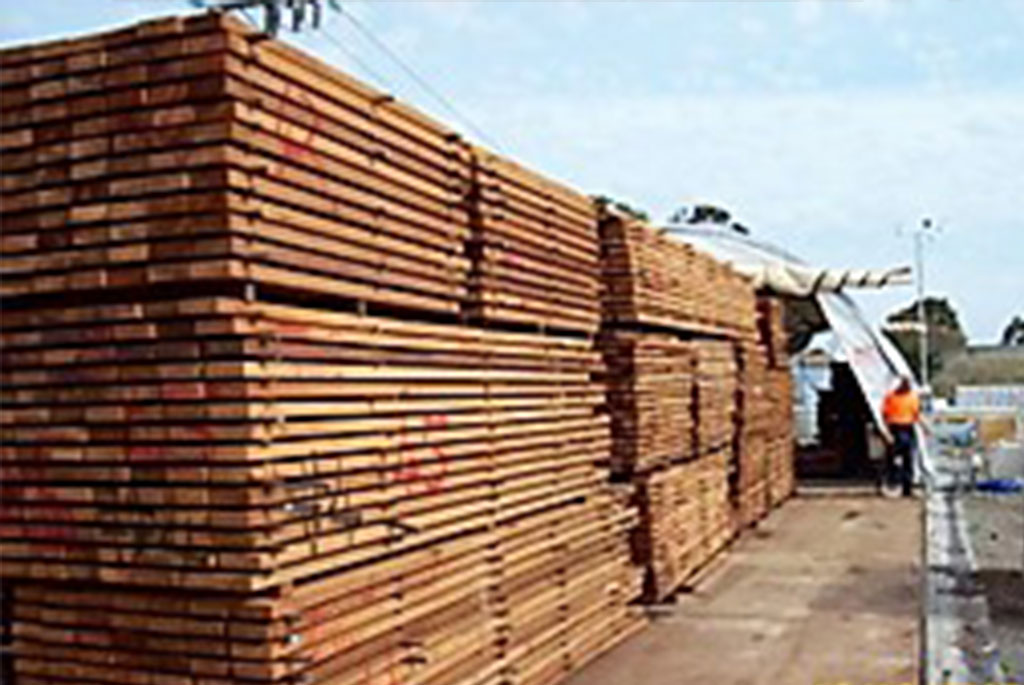We have begun to master many imported species including North American kiln dried western red cedar lumber. The key to our success is the moisture evenness and stress free products achieved by cyclic drying. In Australia this is particularly important because cedar is regarded as a high cost timber used for window frames and other high value uses. Stress free, gently dried material performs better in service and is less prone to movement due to uneven moisture content throughout each dried board.
Our client “EFS” in Melbourne reports that “its total operating costs for kiln dried western red cedar are 60-70% less than those using conventional kiln technology”.
Trials conducted in Melbourne during 2007-08 concluded with energy consumption varying between 0.7 gj/M3 in summer and 1.6 gj in winter conditions.
By virtue of their distinct advantages they bring to their owners, Solarkilns are almostrecession proof. The massive cost and quality differences provide a cost advantage that makes it extremely difficult for competitors to compete. When the market slows, drying schedules can be slowed so that solar energy contribution as a proportion of total energy cost inputs may be increased. Combined with a low capital cost structure, the reduced cost of energy plus the slightly increased capital cost balance each other out to nullify each other.
Reduced production levels no longer need to mean higher costs!
Try that with a conventional kiln!


